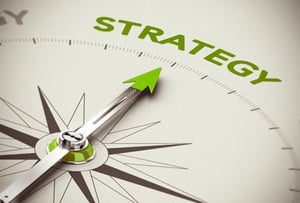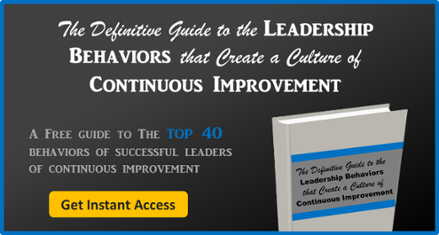 We’ve written before about how the Lean technique of Catchball is a valuable improvement tool. The process of passing ideas back and forth as well as up and down is an effective way to keep people engaged in positive change. It also has an important role to play in strategic planning and strategy deployment.
We’ve written before about how the Lean technique of Catchball is a valuable improvement tool. The process of passing ideas back and forth as well as up and down is an effective way to keep people engaged in positive change. It also has an important role to play in strategic planning and strategy deployment.
Hoshin Kanri
Hoshin Kanri is a Lean technique for strategic planning. The goal of Hoshin Kanri is to get everyone pulling in the same direction at the same time to achieve breakthrough objectives in a 3-5 year timeframe. This is accomplished by aligning strategy (the company’s goals), tactics (management plans), and operations (the work performed by employees).
Engagement and Alignment
While the strategic plan and its deployment are ultimately the responsibility of the executive team, it is the employees and managers who will execute it, so it is crucial to involve them in the planning process. When people help craft their own objectives, they become more invested in achieving them.
It is also essential that employee, team, and department goals aren’t created in a vacuum. They should directly tie back to the breakthrough and incremental improvement objectives of the organization. It should be easy for employees to understand how what they are working on impacts the strategic plan.
How it Works
Using the Catchball technique, leaders “toss” ideas for objectives to the level of management below them. The managers then return the “ball” with their own input and ideas. The process is repeated until consensus is reached. Department heads then repeat the process with their managers, and so on, until the goals have been cascaded across the organization. Everyone has clear objectives that they helped to create.
Catchball is not complicated, but it does take practice and a supportive culture. Employees need to know that their input will be valued and that they are an important part of the process. It also helps to have technology in place to streamline communications and make sure that no “balls” fall through the cracks. Finally, it is important to remember that it is Catchball, not dodgeball. Ideas are tossed to people in a collaborative effort, not at them in a punitive one.
Catchball during strategic planning is an effective way to make sure that employees are given the opportunity to understand how they fit into the larger picture and to become more connected to the most important objectives of the organization.



Add a Comment